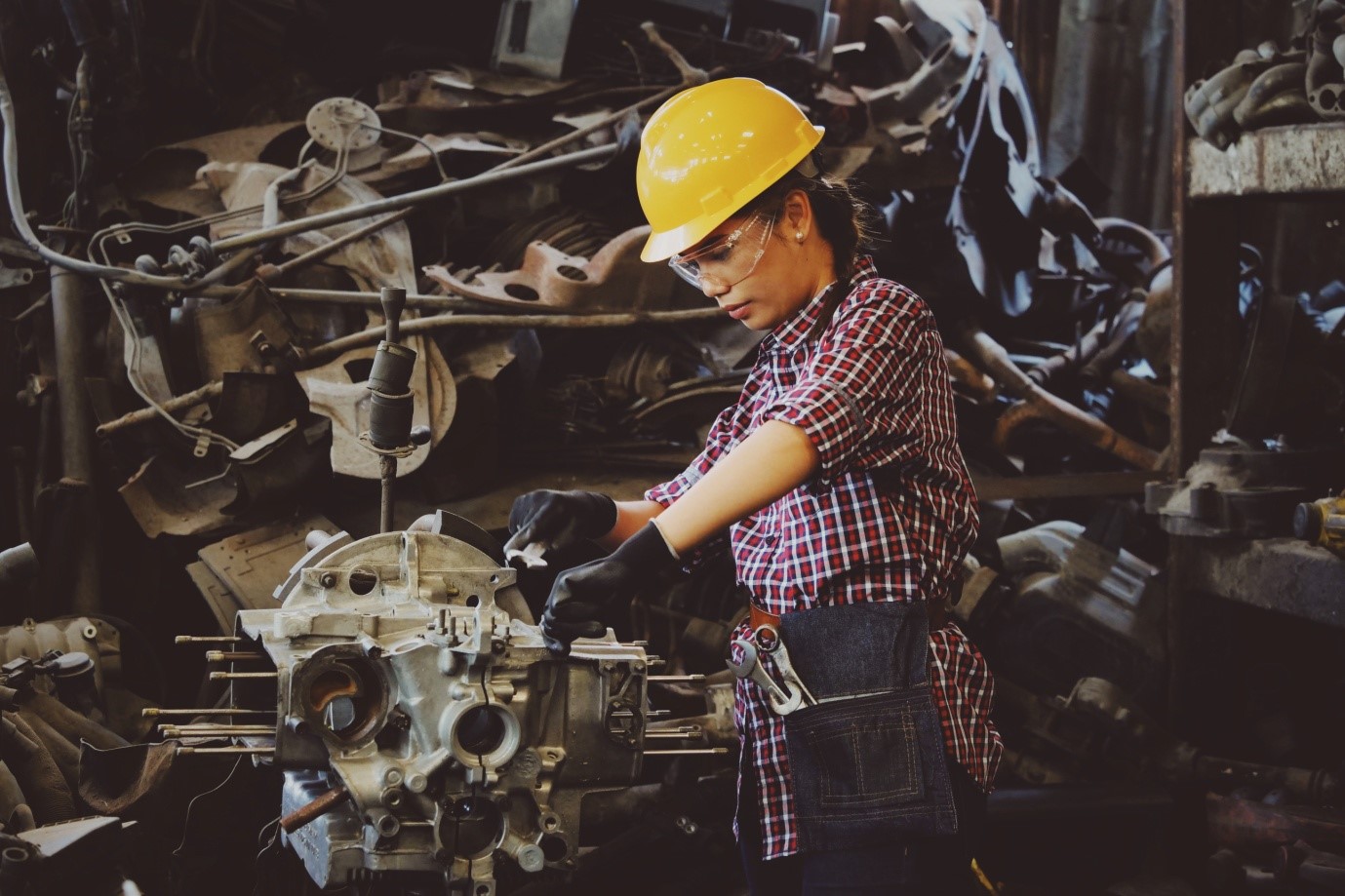
Workplace Injuries: Causes and preventative physio
As a general rule employment is great for health and wellbeing. Studies have consistently demonstrated that people with stable employment live longer, have more positive mental and physical health outcomes and use health services less than those who are unemployed. [1] Research conducted by the University of Melbourne has shown that unemployed men are nearly 5 times more likely to commit suicide than those who are employed.[2] This doesn’t mean it’s all smooth sailing for workers though. Safe Work Australia has estimated that workplace injuries cost roughly $60 billion to the Australian economy.[3] When most people think of workplace injuries, they think of one off accidents or injuries caused by repetition at physically demanding jobs. This couldn’t be further from the truth. With more people than ever working physically inactive jobs, most workplace injuries and illnesses are a result of poor posture, repetitive awkward movements and failing to identify aches and pains correctly to begin with.[4]
Common causes of overuse and postural injuries
Repetitive movements and awkward postures held for long periods of time can cause pain in the muscles, tendons and joints. This is the basis for an overuse injury and typically occurs in the elbow, wrist or hand of computer users. Defining and understanding the initial onset of an overuse or postural injury can be difficult but typically the feeling will begin as a slight discomfort that increases over time. Describing the type of pain may be difficult; it could present as tightness, a burning sensation or pins and needles.
- Manual handling
About 30% of all workplace injuries are caused by manual handling tasks. Manual handling includes anything that involves lifting, pushing, pulling, holding, restraining, throwing and carrying.[5] Manual handling related injuries can be minimised by a thorough and effective assessment of the risks. Using mechanical aides such as forklifts, conveyor belts and wheelbarrows may be a better alternative. The importance of training how to do the task properly can’t be overstated, inexperienced workers are much more likely to suffer a manual handling injury than well trained workers.
- Desk posture
Computers and hand-held devices have exploded in popularity in the workplace over the last decade and so too have the instances of postural neck and back musculoskeletal injuries. Sitting may require less muscular effort than standing but it still causes physical fatigue and can result in the reduced circulation of blood to your muscles, tendons and ligaments, which can lead to stiffness and pain.
What can employees do to reduce workplace injuries?
- Be more physically active
It is common for me to treat people who believe that having a physical job means that they don’t need to exercise outside of work. Unfortunately, a lot of factory and labour intensive work involves repetitive and unnatural movements that work a group of muscles whilst others get neglected. This can create postures that cause pain and lead to overuse injuries over time. Recovery from injuries also takes longer for people who are deconditioned or less physically active. Activities such as walking, stretching exercises or changing your posture regularly can reduce the instances of overuse injuries as well as their duration.
- Redesign a more ergonomic desk space
Ergonomics is the study of how humans fit into their work environment. Australians spend millions of dollars a year on ergonomically designed products that have no scientific facts behind them, overlooking more simple and effective changes to their work environment in the process. The most effective and proven ergonomic changes to your workspace don’t involve any new products. Instead of focusing on the type of chair you have, deconstruct how you hold your body while performing your work. For example, correcting your trunk position, sitting with your body closer to your desk, having relaxed and symmetrical shoulders and feet flat on the ground can make a positive difference to your workspace.
How can physiotherapy help treat, manage and prevent work-related injuries?
Your Lane Cove physio understands how your body works and the root causes of problems in all sorts of activities at work, home or when playing sport. It can be difficult for your local physio to get an accurate idea of exactly how a movement is being performed and under what conditions. As a musculoskeletal physiotherapist I am trained in the observation, evaluation and recommendation of alterations to the techniques of sportspeople who carry out a range of repetitive and physically demanding movements. Why should work tasks be treated any differently? A musculoskeletal physiotherapist will assess your tasks and identify any movements that are associated with risks for injury and make recommendations as to how you can reduce the stress on your body.
[1] Lixin Cai and Guyonne Kalb, Health status and labour force participation: evidence from Australia, Health Economics, 15, 3, (241-261), (2005).
[2] Allison Milner, Stephen Morrell, Anthony D LaMontagne, Economically inactive, unemployed and employed suicides in Australia by age and sex over a 10-year period: what was the impact of the 2007 economic recession?, International Journal of Epidemiology, Volume 43, Issue 5, October 2014, Pages 1500–1507
[3] https://www.safeworkaustralia.gov.au/statistics-and-research/cost-injury-and-illness-occupation
[4] Work-related injury and illness in Australia, 2004 to 2014. ISCRR 2016
[5] Pransky G, Loisel P, Anema J. Work disability prevention research: currrent and future prospects. J Occup Rehabil 2011;21:287–92.



